Humanoid Robot Brains
The smartest people in the world have spent millions of dollars trying to develop high-tech robots. Even though technology has come a long way, these humanoid robots are nowhere close to having the "brain" and motor control of a human. Why is that? A MIT scientist explains the motor control processes in the human brain, and how cutting-edge research is trying to implement it in robots. Part of the "Science Out Loud" series.
Media Details
Runtime: 5 minutes 7 seconds
- Topic: Science, Technology
- Subtopic: Biology, Computers, Robotics
- Grade/Interest Level: 10 - 12
- Standards:
- Release Year: 2014
- Producer/Distributor: Mitk12 Videos
- Series: Science Out Loud
- Report a Problem
Related Media
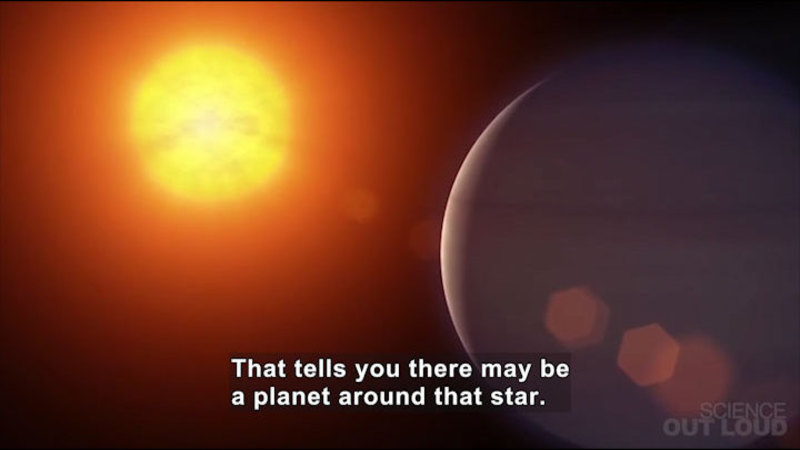
Exoplanets: Planets Outside Our Solar System
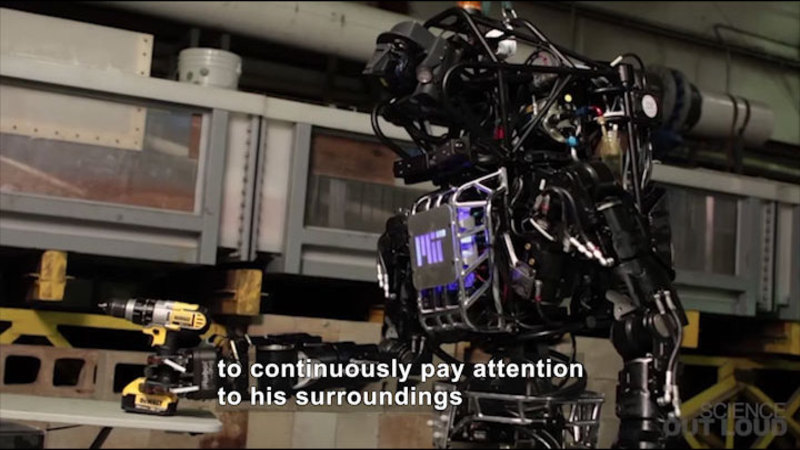
Humanoid Robot Brains
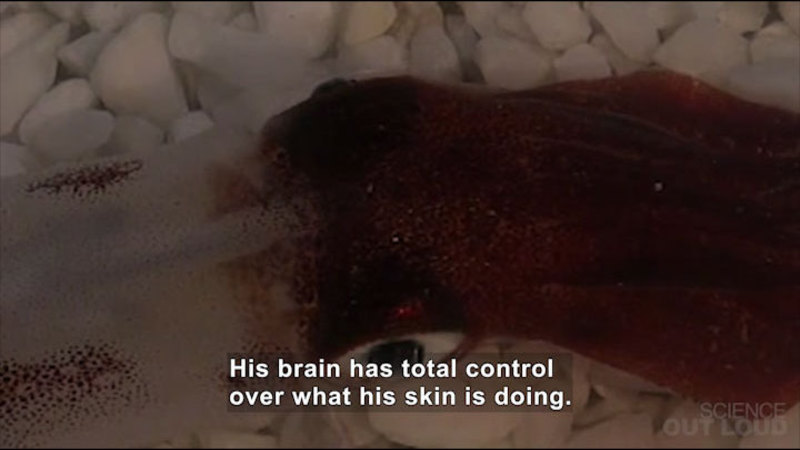
Squid Skin With a Mind of Its Own
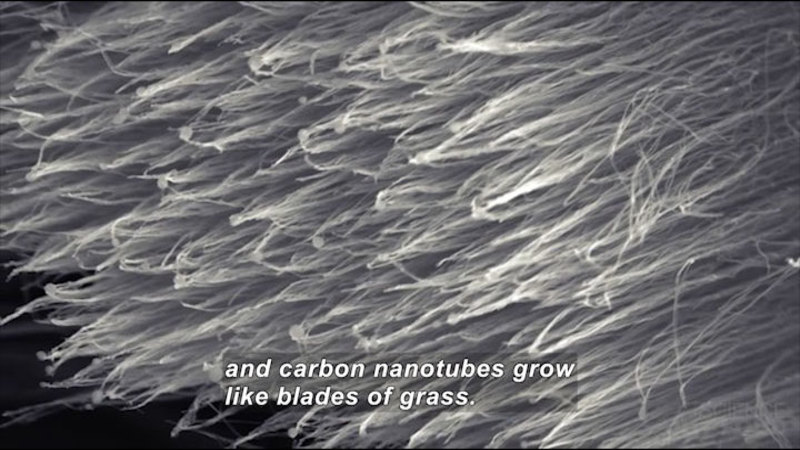
Growing Nanotube Forests
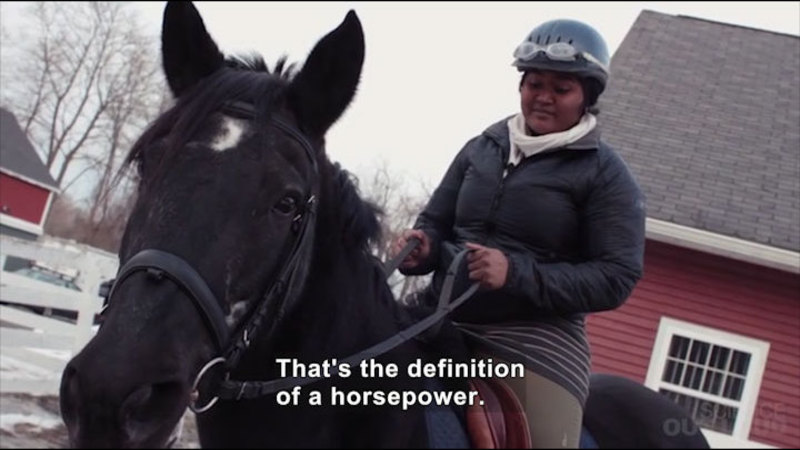
Engineering Engines: What Do Horses, Cars, and Planes Have in Common?
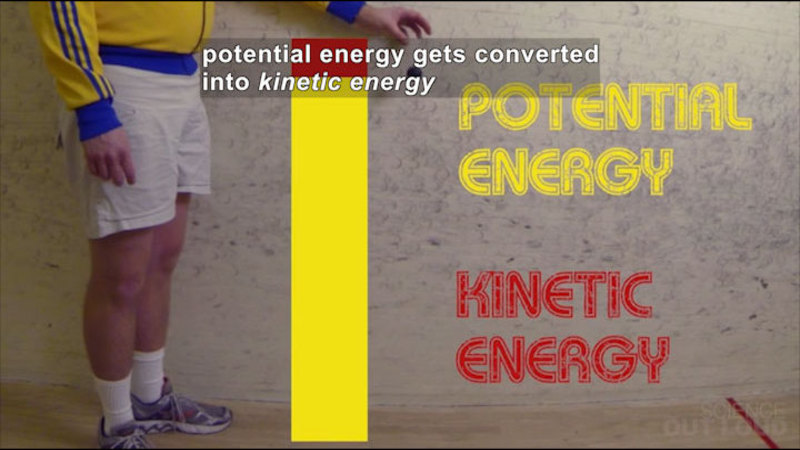
The Science of Bouncing

The Physics of Invisibility Cloaks
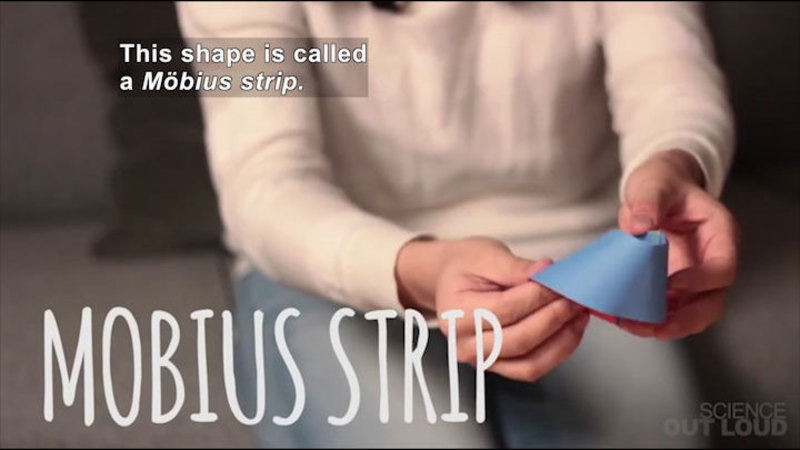
Trippy Shapes
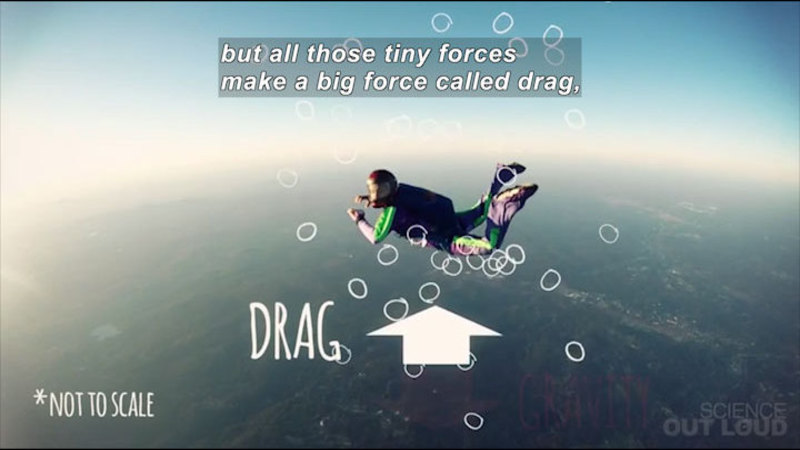
The Physics of Skydiving

Solving Biology's Mysteries With Plants
